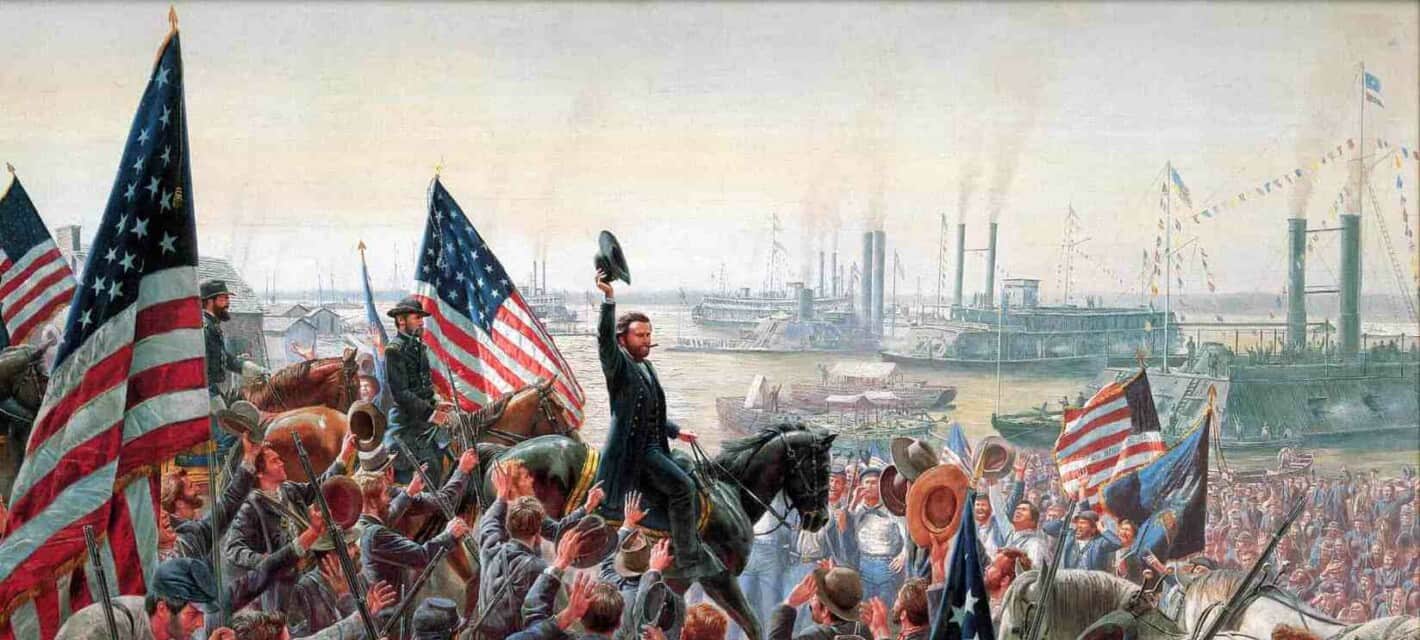There is a lot of conjecture over why the American Civil War ended the way it did. The truth is there is no one reason why the North “won” the Civil War. Like any war, the end result is based on who came out ahead, and who met their goals. If that is the base definition of victory, then the North won. The Union was reunited, and the beginnings of the end of forced Slavery were starting to take hold (the 13th Amendment wasn’t ratified until the end of 1865).
But as with every major conflict in history, it wasn’t that simple. The war may have ended at Appomattox Courthouse in April of 1865 (fighting would continue for another month in the South), but the rebuilding of the nation would take decades. In this article, we’re going to look at the reasons behind why the war ended as it did while keeping in mind that the end result isn’t as simple as “The North won the Civil War,” and that while we list many reasons, this is not all-inclusive.

Industrial Strength
What you must understand about the economy prior to the outbreak of the Civil War was that it was in a period of transition. While the British had undergone the Industrial Revolution several decades prior, it was still very much ongoing in the United States in 1860. While the North had transitioned significantly to a more industrial economy, the South was very much still an agricultural society, growing things like cotton and tobacco. It is very hard to win a war without munitions, especially when warfare had transitioned away from swords and arrows.
As we’ll talk more about in the next section, the South relied heavily on exports for its non-agricultural goods. They simply did not have the manufacturing strength the North had in 1860, which led to a host of problems over the next five years.
In 1860, depending on what report you read, the North made up 80 to 95% of the United States’ industrial production. The one that made a huge difference was guns. As you might correctly assume, guns were going to be a very important part of fighting any conflict between the states, and when you learn that the North produced an estimated 32 times as many guns as the South did in 1860, you can understand how the South was at such a disadvantage from the start.
That being said, of course, the South did manage to overcome that disadvantage in some ways. Seeing as they needed to start building their own munitions and other industrial products, the South built an industrial economy from the ground up. By the end of the war, the gap between the North and the South in terms of industrial strength had closed, though it was still significant.

